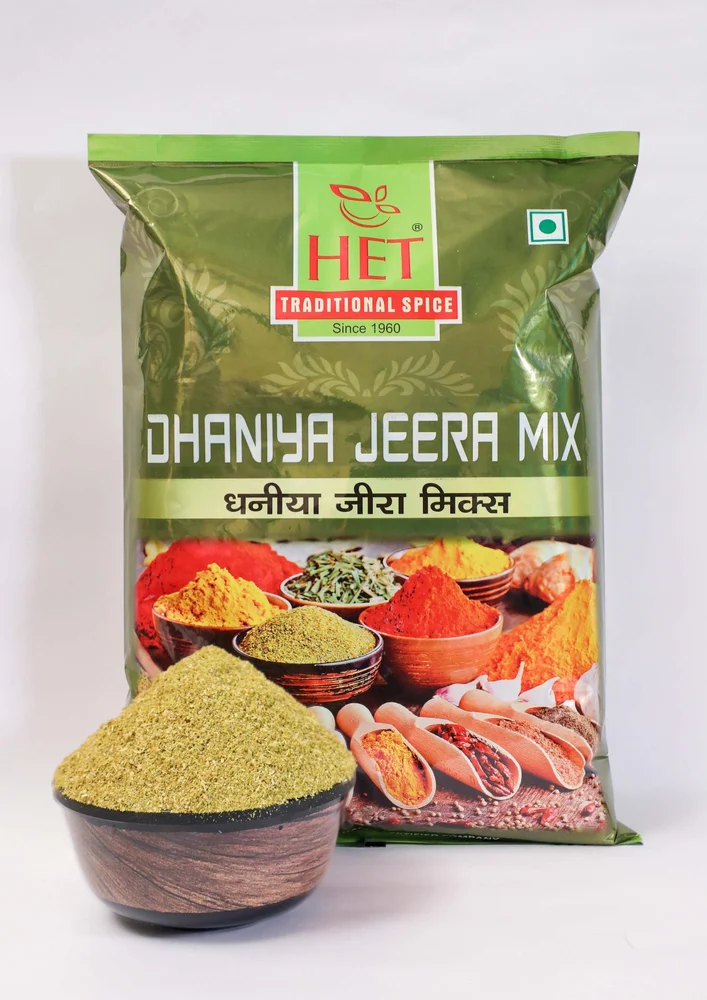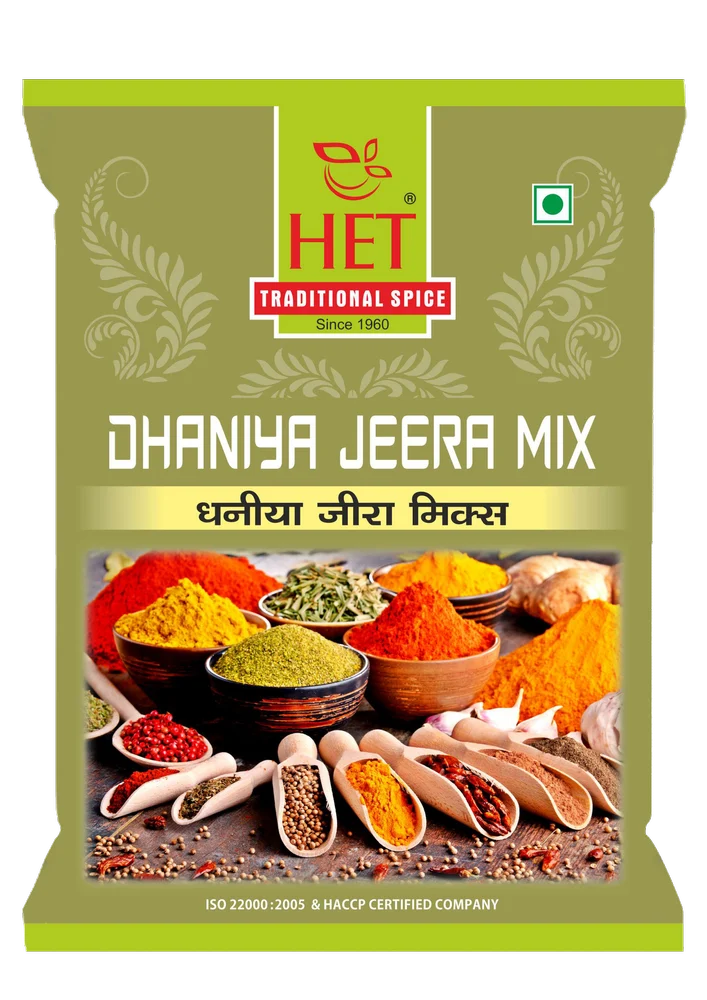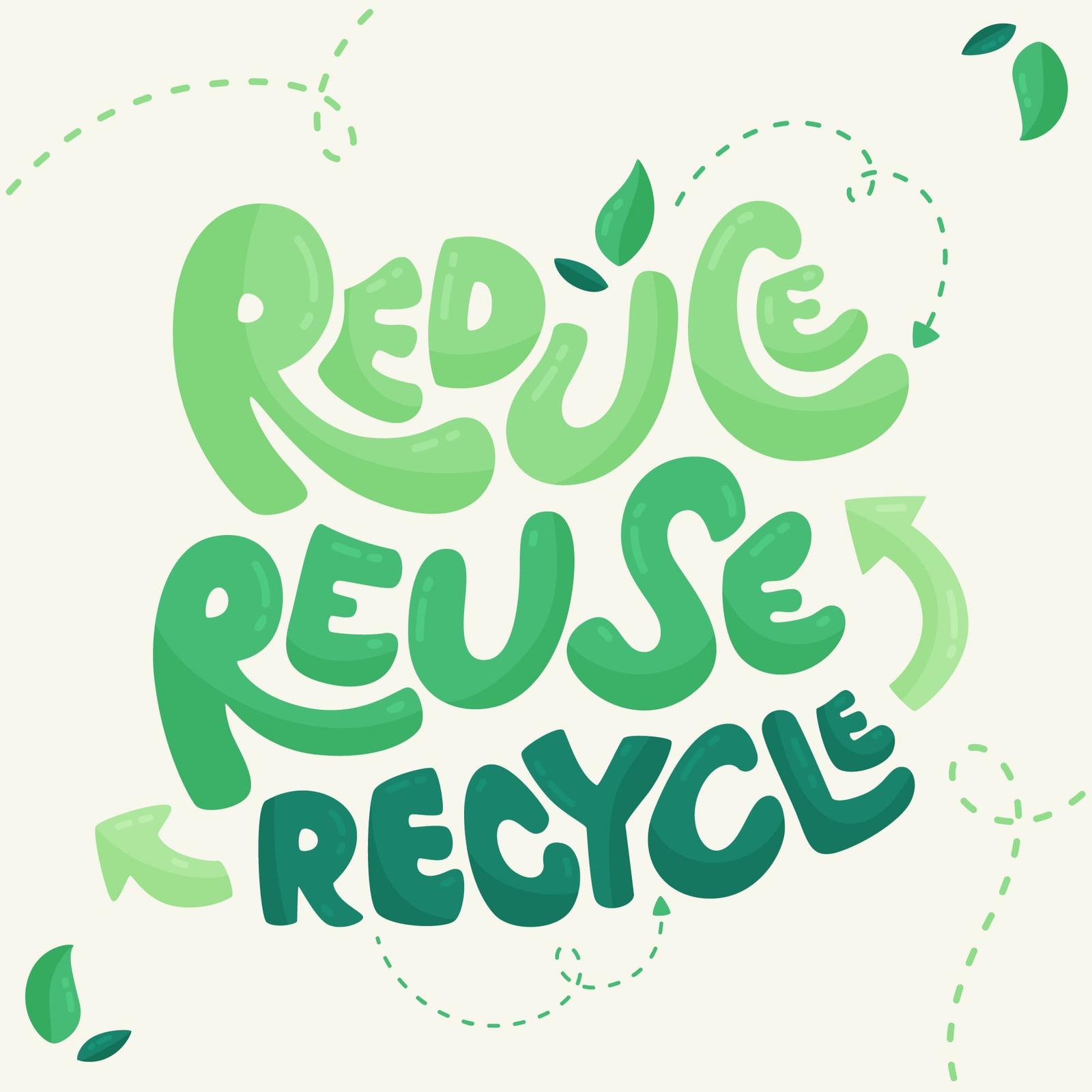Dhaniya Jeera Mix Masala Powder
₹240.0
| Packaging Size |
500 g
|
| Brand |
HET
|
| Packaging Type |
Packet
|
| Shelf Life |
6 Month
|
| Is It FSSAI Certified |
FSSAICertified
|
| Ingredients |
Dhaniya Jeera
|
| Usage/Applciation |
Kitchen
|
| Availability |
In Stock
|
| Packaging Size |
500 g
|
| Brand |
HET
|
| Packaging Type |
Packet
|
| Shelf Life |
6 Month
|
| Is It FSSAI Certified |
FSSAICertified
|
| Ingredients |
Dhaniya Jeera
|
| Usage/Applciation |
Kitchen
|
| Availability |
In Stock
|
You must be logged in to post a review.
Q & A
Scientific sustainability report — Dhaniya Jeera Mix Masala Powder
Functional unit: 1 kg finished retail powder (cradle → distribution)
Nice — below is a transparent, reproducible sustainability (GHG-focused) report for Dhaniya Jeera Mix Masala Powder (coriander + cumin blend). I state all assumptions up front, show the digit-by-digit greenhouse-gas calculation, list key uncertainties and sensitivity runs, give practical mitigation levers, and provide the most relevant references used for the numbers.
1 — Executive summary (headline)
Using conservative, literature-anchored assumptions for farm production, processing (grinding + small conditioning), packaging and road transport, the estimated cradle → distribution greenhouse-gas footprint for 1 kg of Dhaniya Jeera Mix Masala Powder is:
≈ 2.125 kg CO₂-eq per kg (rounded).
This is an order-of-magnitude, transparent estimate — replace any assumption with site-specific data and I’ll re-run the math. Key sources for the load-bearing numbers are cited below. CarbonCloud+4Central Electricity Authority+4PMC+4
2 — System boundary & functional unit
-
Functional unit: 1 kg retail-ready Dhaniya Jeera Mix Masala Powder.
-
System boundary (cradle → distribution):
Agriculture of component spices (coriander seed + cumin seed basis) → any conditioning/drying if required → grinding/blending at the mill → primary packaging (retail pouch) → road transport to distribution centre. Excludes consumer use and end-of-life treatment beyond embodied packaging.
3 — Key assumptions (explicit — change any to re-run)
These are the most important numbers used and their justifications.
-
Agriculture / upstream (lumped for blend) = 1.60 kg CO₂-eq per kg finished powder.
-
Rationale: ground cumin benchmark ≈ 1.04 kgCO₂/kg (product LCI reference for ground cumin), coriander seed production studies show higher per-kg energy/emissions depending on practices; we use a conservative blended upstream value 1.6 kgCO₂/kg for a coriander–cumin mix. CarbonCloud+1
-
-
Grinding (size reduction) = 0.309 kWh per kg (≈309 kWh/tonne) — representative for fine industrial powder milling. PMC
-
Conditioning / drying (minor) = 0.20 kWh per kg (assumes most seeds are already dry; small conditioning or cleaning fans). If your process includes full drying, replace with measured kWh/kg (drying SEC can be much larger). ScienceDirect
-
Electricity emission factor (India grid) = 0.716 kg CO₂ per kWh (CEA baseline used for many Indian LCAs). Central Electricity Authority
-
Packaging = 0.03 kg PE per kg product (30 g pouch per kg); embodied emission for PE = 2.6 kg CO₂e per kg PE (typical cradle-to-gate figure). ScienceDirect
-
Transport = total road distance 250 km (50 km farm→mill + 200 km mill→DC); road freight EF used 0.33 kg CO₂ / tonne-km (representative India freight methodology). teriin.org
If you give actual values for any of the above (ingredient share, measured kWh/kg, pouch grams, or distances) I’ll recalc instantly.
4 — Digit-by-digit GHG calculation (1 kg basis)
All steps shown so the arithmetic can be independently checked.
4.1 Processing electricity (grinding + conditioning)
-
Grinding emissions = 0.309 kWh/kg × 0.716 kgCO₂/kWh
= 0.309 × 0.716 = (0.309 × 0.700) + (0.309 × 0.016)
= 0.216300 + 0.004944 = 0.221244 kg CO₂e / kg. PMC+1 -
Conditioning / drying emissions = 0.200 kWh/kg × 0.716 kgCO₂/kWh
= 0.200 × 0.716 = (0.2 × 0.700) + (0.2 × 0.016)
= 0.140000 + 0.003200 = 0.143200 kg CO₂e / kg. ScienceDirect -
Processing subtotal = 0.221244 + 0.143200 = 0.364444 kg CO₂e / kg.
4.2 Packaging emissions
-
Packaging = 0.03 kg PE/kg × 2.6 kgCO₂/kg PE = 0.03 × 2.6 = 0.078000 kg CO₂e / kg. ScienceDirect
4.3 Transport emissions
-
Road = 0.33 kgCO₂ / t-km × 0.001 t/kg × 250 km = 0.33 × 0.001 × 250 = 0.33 × 0.25 = 0.082500 kg CO₂e / kg. teriin.org
4.4 Agriculture / upstream
-
Assumed = 1.600000 kg CO₂e / kg. CarbonCloud+1
4.5 Total (sum)
Add stepwise:
-
Agriculture + Processing = 1.600000 + 0.364444 = 1.964444
-
-
Packaging = 1.964444 + 0.078000 = 2.042444
-
-
-
Transport = 2.042444 + 0.082500 = 2.124944 kg CO₂e / kg
-
Final rounded result: ≈ 2.125 kg CO₂-eq per kg Dhaniya Jeera Mix Masala Powder (cradle → distribution).
5 — Component shares (percent of total)
(using the exact numbers above)
-
Agriculture / upstream: 1.6000 / 2.124944 = 75.3%
-
Processing (grinding + conditioning): 0.364444 / 2.124944 = 17.1%
-
Packaging: 0.078000 / 2.124944 = 3.7%
-
Transport: 0.082500 / 2.124944 = 3.9%
Takeaway: upstream agriculture dominates the footprint (typical for spice products); processing is second; packaging and transport are smaller but still relevant.
6 — Uncertainty & sensitivity (short)
-
Agriculture upstream (biggest uncertainty): if supplier practices are lower-input (e.g., 1.0 kgCO₂/kg), total ≈ 1.525 kg CO₂e/kg. If upstream is higher (2.5 kgCO₂/kg), total ≈ 2.989 kg CO₂e/kg.
-
Drying / conditioning: if conditioning = 0 kWh/kg (fully dry seeds, no electric conditioning), processing falls by 0.1432 → total ≈ 1.982 kg CO₂e/kg. Conversely, if a larger drying step is required (e.g., 1.0 kWh/kg), processing rises and total ≈ 2.829 kg CO₂e/kg. See solar/hybrid dryer studies for wide SEC ranges. ScienceDirect+1
-
Processing electricity carbon intensity: switching processing to renewable electricity (onsite solar or green tariff) removes the 0.364444 kgCO₂ processing burden and reduces total to 1.7605 kg CO₂e/kg (with agriculture 1.6). Central Electricity Authority
7 — Practical mitigation recommendations (priority order)
-
Supplier agronomy & traceable sourcing (highest leverage):
-
Source coriander and cumin from growers with documented lower fertilizer use, improved yields, integrated pest management or rainfed cultivation. Supplier incentives or procurement standards can reduce farm-stage emissions substantially. ResearchGate+1
-
-
Renewable electricity at the mill: rooftop PV + battery or buying green-tariff electricity will cut processing emissions (grinding + conditioning) rapidly. Central Electricity Authority
-
Minimise conditioning energy: ensure seeds arrive sufficiently dry; use passive/hygienic solar tunnel for any required drying to lower grid energy use. Solar/hybrid dryer SECs vary — design matters. ScienceDirect+1
-
Packaging optimisation: reduce pouch weight (while meeting shelf-life needs), increase PCR content in PE or move to mono-material recyclable pouches to lower embodied carbon. ScienceDirect
-
Logistics efficiency: consolidate loads, optimize routes, and consider modal shift where feasible; improved truck fill factor reduces per-kg transport emissions. Use the freight methodology to model gains. teriin.org
General Inquiries
There are no inquiries yet.





Reviews
There are no reviews yet.